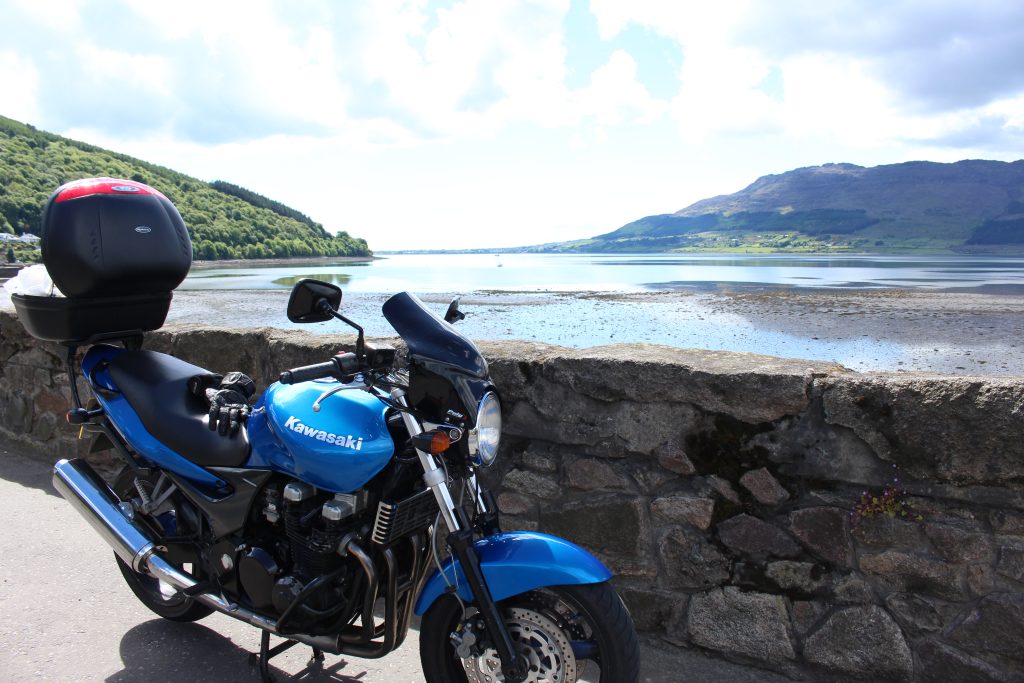
As the world moves towards greener fuels, E10 petrol is becoming more common in petrol stations across Northern Ireland. In this article, we’ll explore whether E10 petrol is safe to use in older motorbikes, the potential negative effects on motorbike parts, and what can be done to avoid damage.
What is E10 Petrol?
E10 petrol is a blend of petrol and bioethanol, which is a type of alcohol. The ethanol is made from crops such as sugar beet, wheat, and corn. E10 petrol contains up to 10% ethanol, whereas standard petrol contains up to 5%. This increased ethanol content is intended to reduce greenhouse gas emissions and improve air quality.
Is E10 Petrol Safe to Use for Older Motorbikes?
The majority of modern motorbikes are designed to run on E10 petrol, and manufacturers have tested their bikes to ensure they are compatible with this new fuel blend. However, older motorbikes may not be compatible with E10 petrol, as they were not designed to run on this type of fuel.
What Negative Effects Could E10 Petrol Have on Motorbike Parts?
E10 petrol can have a corrosive effect on certain materials, such as rubber, plastic, and fibreglass. This means that it could cause damage to parts of the motorbike, such as fuel lines, carburettors, and seals. Over time, E10 petrol could cause these parts to deteriorate, leading to leaks, cracks, and other issues.
What Can Be Done to Avoid Damage?
If you own an older motorbike and are concerned about the effects of E10 petrol, there are a few things you can do to avoid damage. Firstly, you could switch to using BP Ultimate Unleaded petrol, which contains up to 5% ethanol (E5). This fuel is currently still available in petrol stations across the UK, and it may be the best option for older motorbikes.
Another option is to add a fuel stabilizer or ethanol treatment to the petrol before filling up the tank. This can help to reduce the corrosive effects of the ethanol on motorbike parts.
Can Parts Be Changed?
If you’re concerned about the effects of E10 petrol on your older motorbike, you may be able to change certain parts to make them compatible with this new fuel blend. For example, you could replace the fuel lines and carburettors with parts that are made from materials that are resistant to ethanol.
Will BP Ultimate Unleaded Remain E5?
At present, there are no plans to phase out BP Ultimate Unleaded petrol (E5). However, this may change in the future, as the government continues to push for greener fuels and reduced emissions. It’s important to keep up-to-date with any changes to fuel blends and regulations to ensure that your motorbike is running on the safest and most compatible fuel.
In conclusion, E10 petrol is becoming more common in petrol stations across the UK as the world moves towards greener fuels. While it can help reduce greenhouse gas emissions, it may not be safe to use for older motorbikes that were not designed to run on this type of fuel. E10 petrol can have a corrosive effect on certain materials, which could cause damage to parts of the motorbike over time.
To avoid potential damage, owners of older motorbikes can switch to using BP Ultimate Unleaded petrol (E5), which contains a lower percentage of ethanol. Alternatively, they can add a fuel stabilizer or ethanol treatment to the petrol before filling up the tank to reduce the corrosive effect.



